
A field of native flowers in Robin Hill Park, Moon Township.

A field of native flowers in Robin Hill Park, Moon Township.
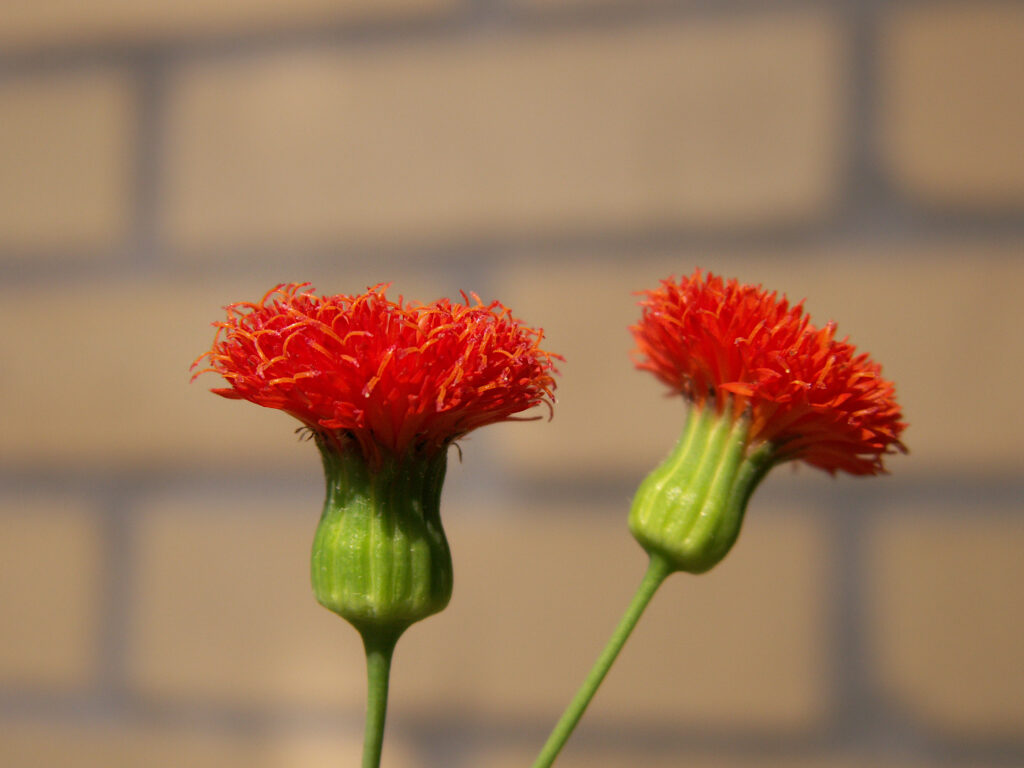
Common weeds in more tropical climes, these flowers are valued here for their hot, bright colors. They resemble our common hawkweeds and were once classified in the same genus, but are now put in the genus Emilia. Sorting out the species is more than poor old Pa Pitt can handle.
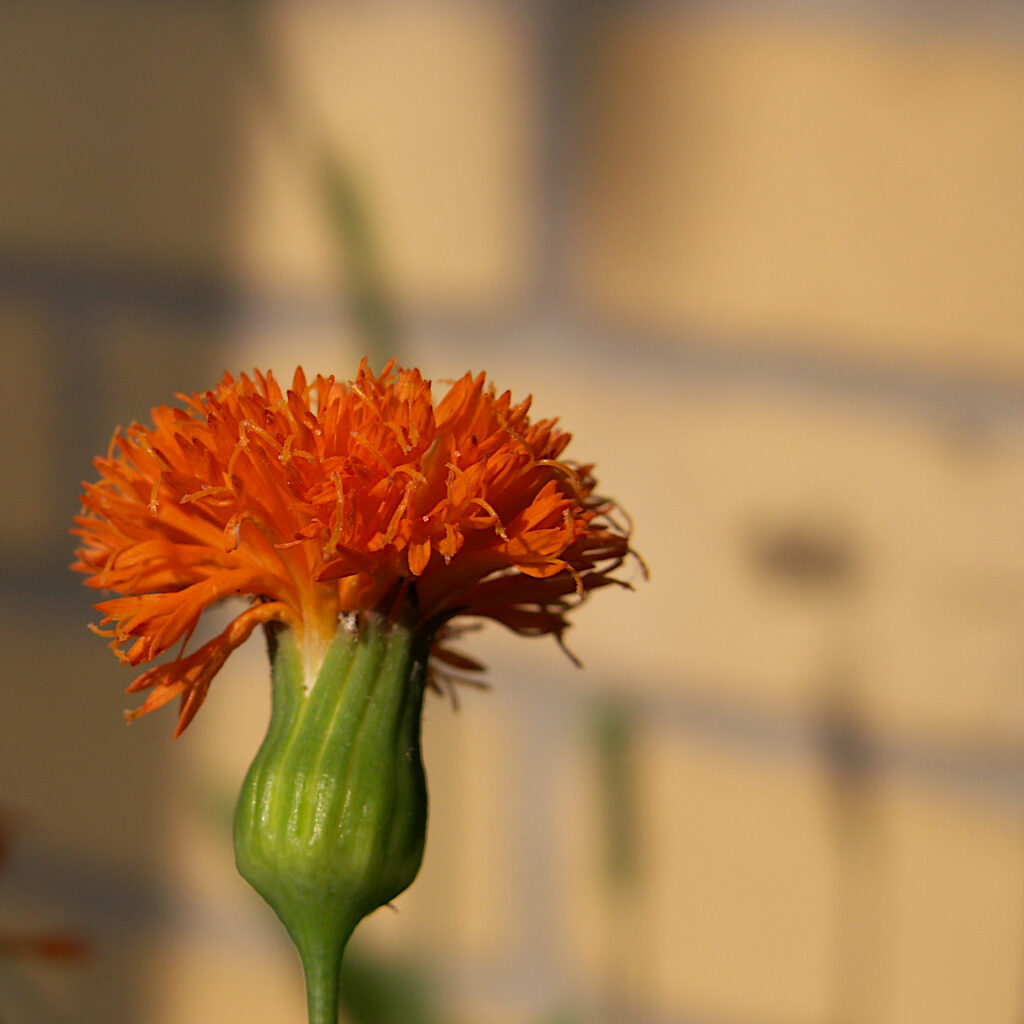


Another bright Victorian favorite coming back into favor after a period of eclipse.


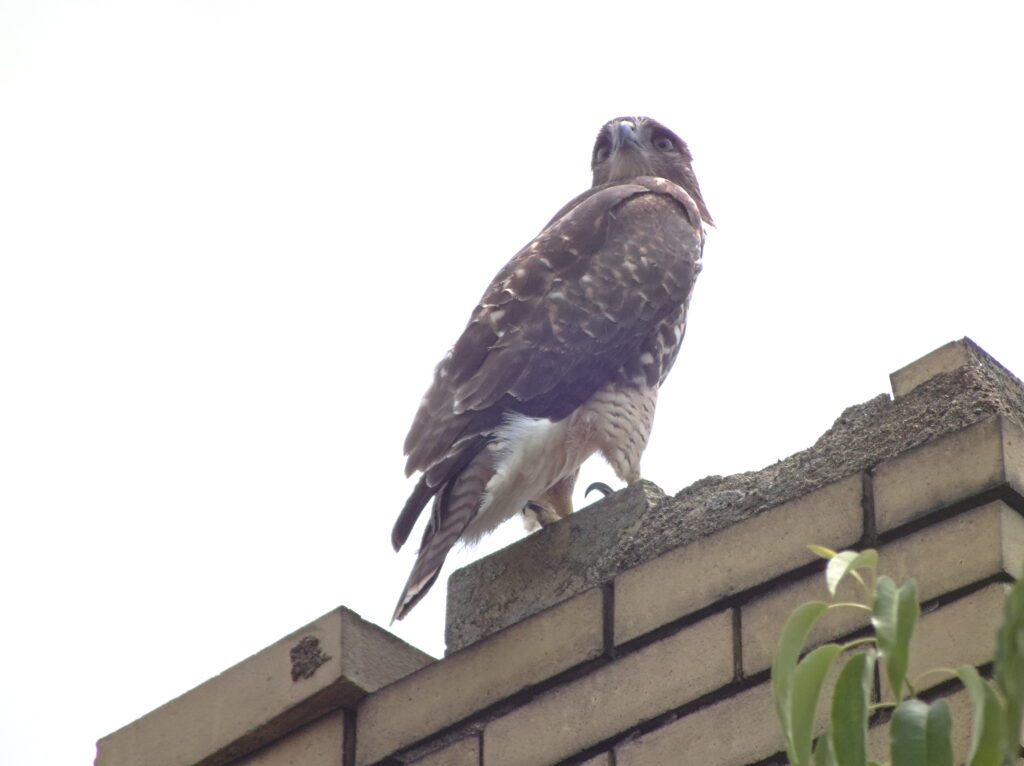
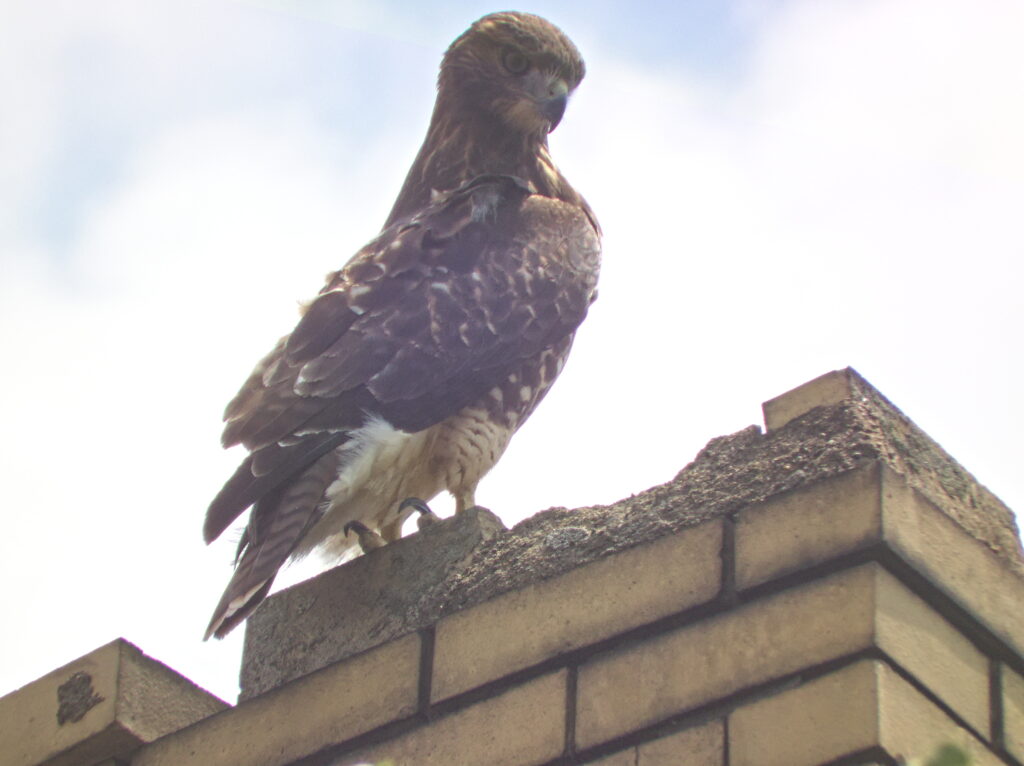
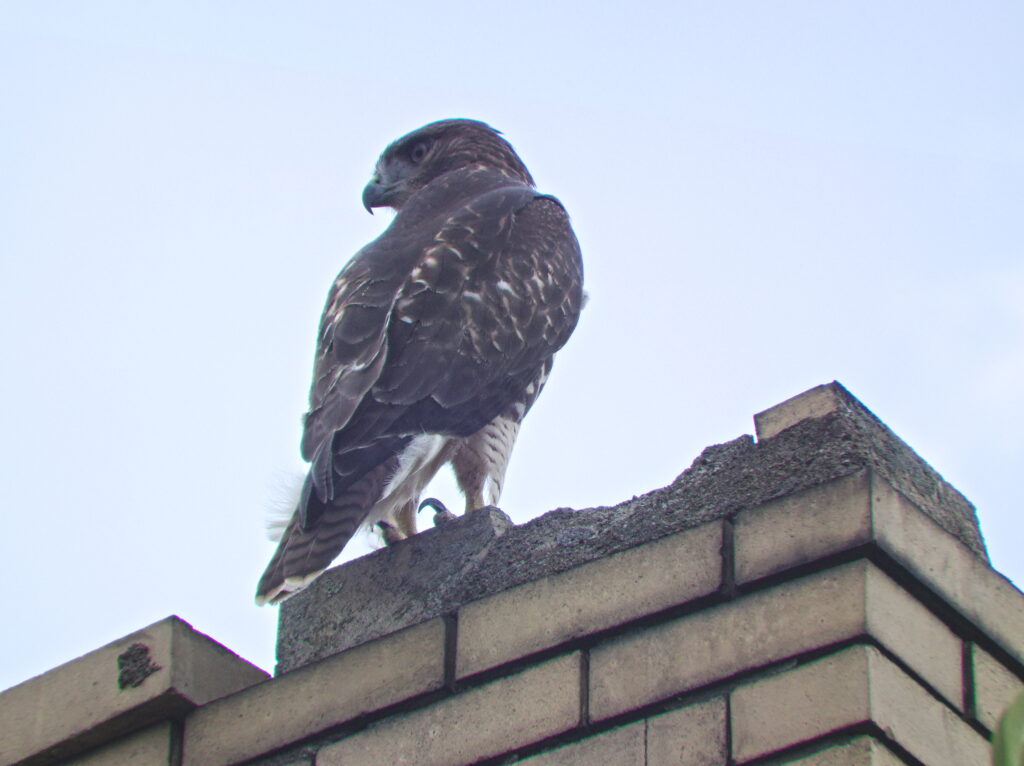

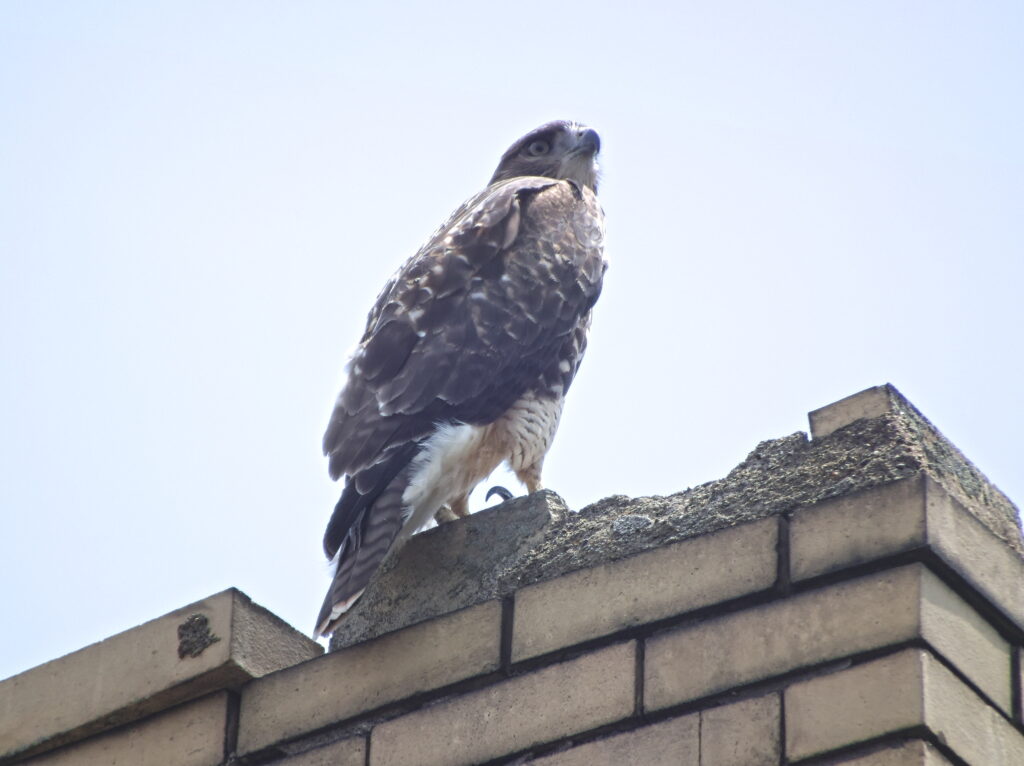
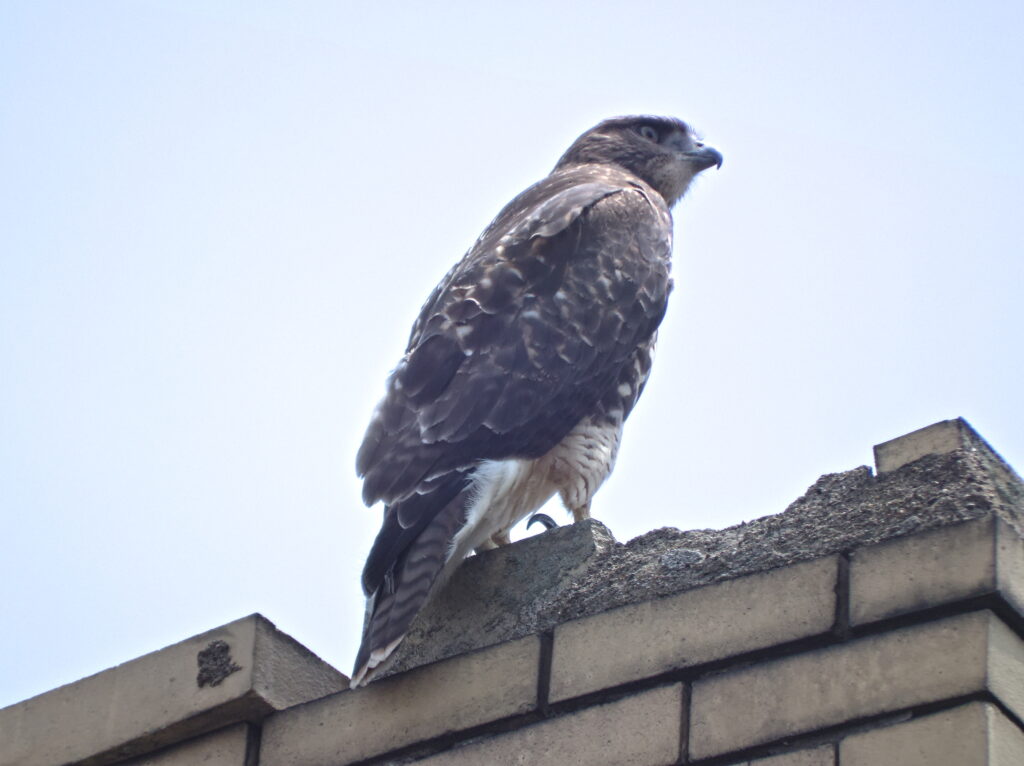
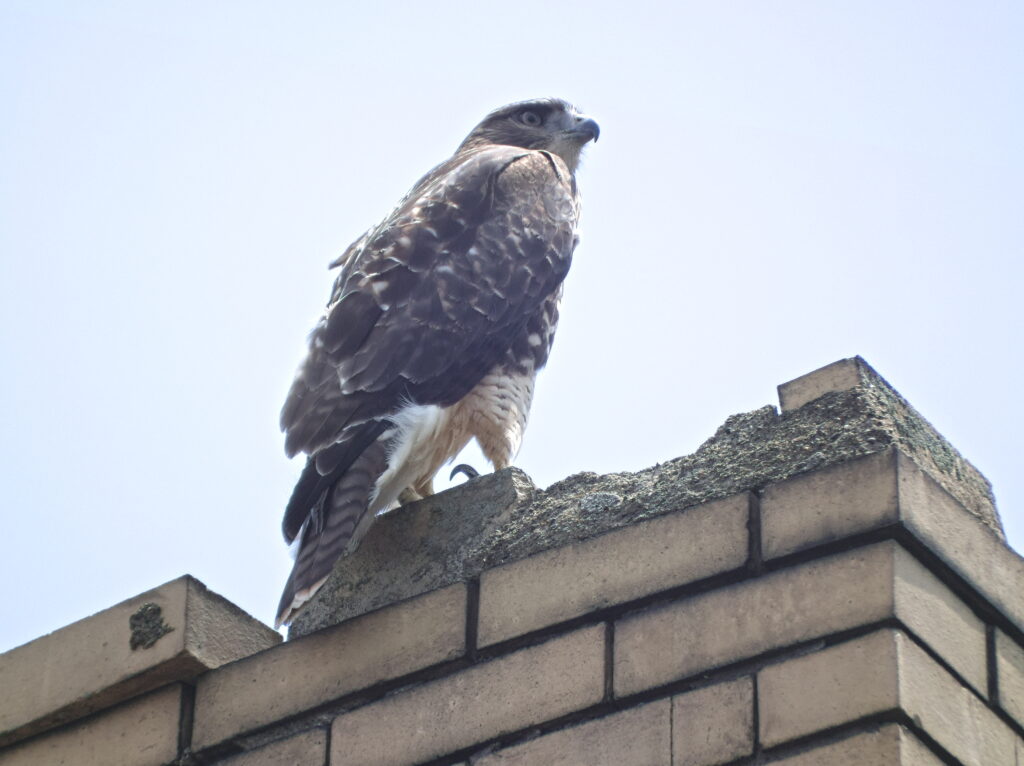

Father Pitt believes this is one of our Peregrine Falcons, but he is always willing to be corrected. It posed on this chimney for quite a while, running through its repertoire of avian expressions.
Camera: Fujifilm FinePix HS10.
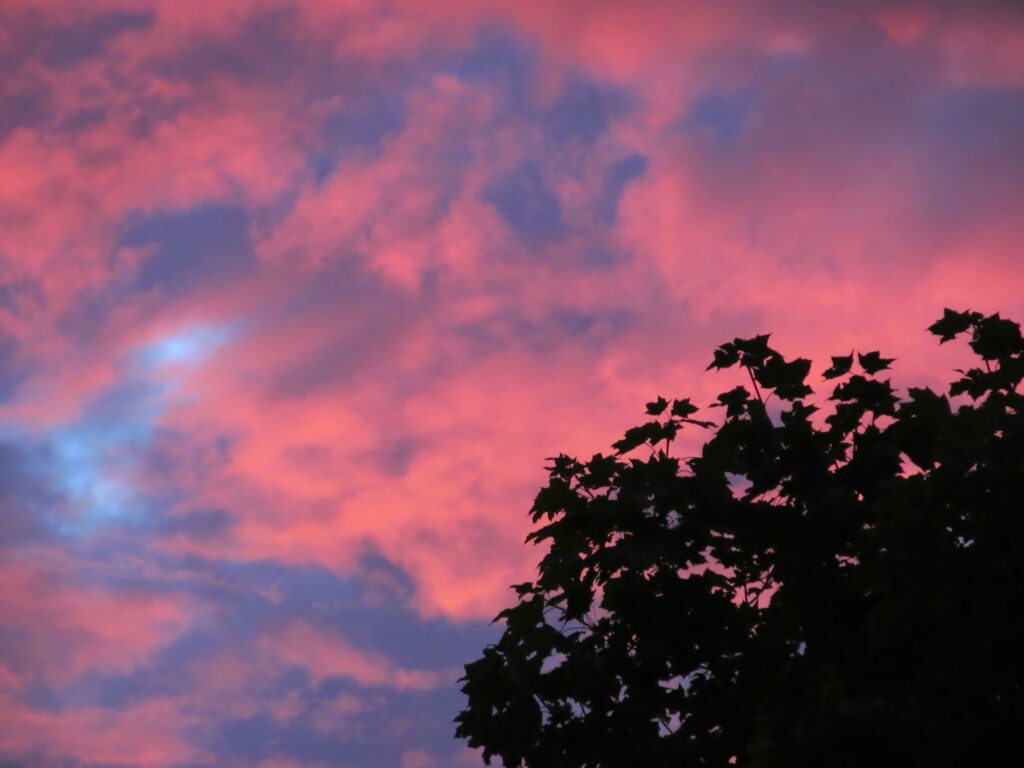
Sunset behind a flourishing maple and through the branches of a dead tree. The dead tree is itself an interesting phenomenon: it was a Tree of Heaven, or Pittsburgh Palm, or Tree from Hell (Ailanthus altissima), apparently destroyed by an infestation of spotted lanternflies—one plague destroyed by another.
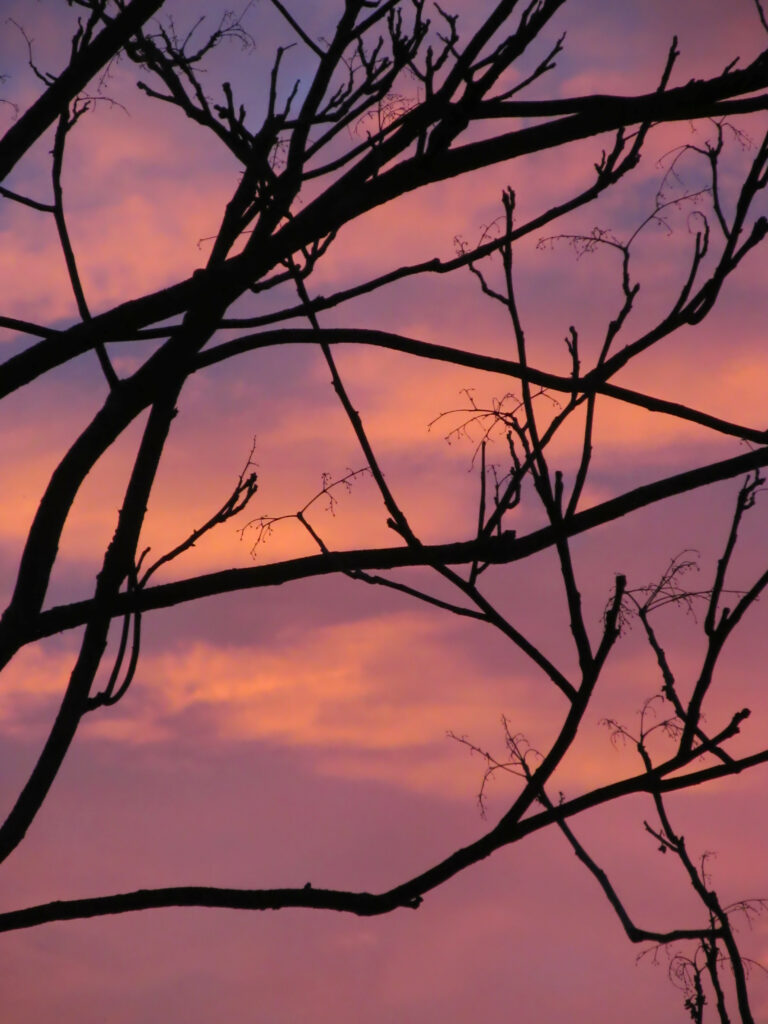
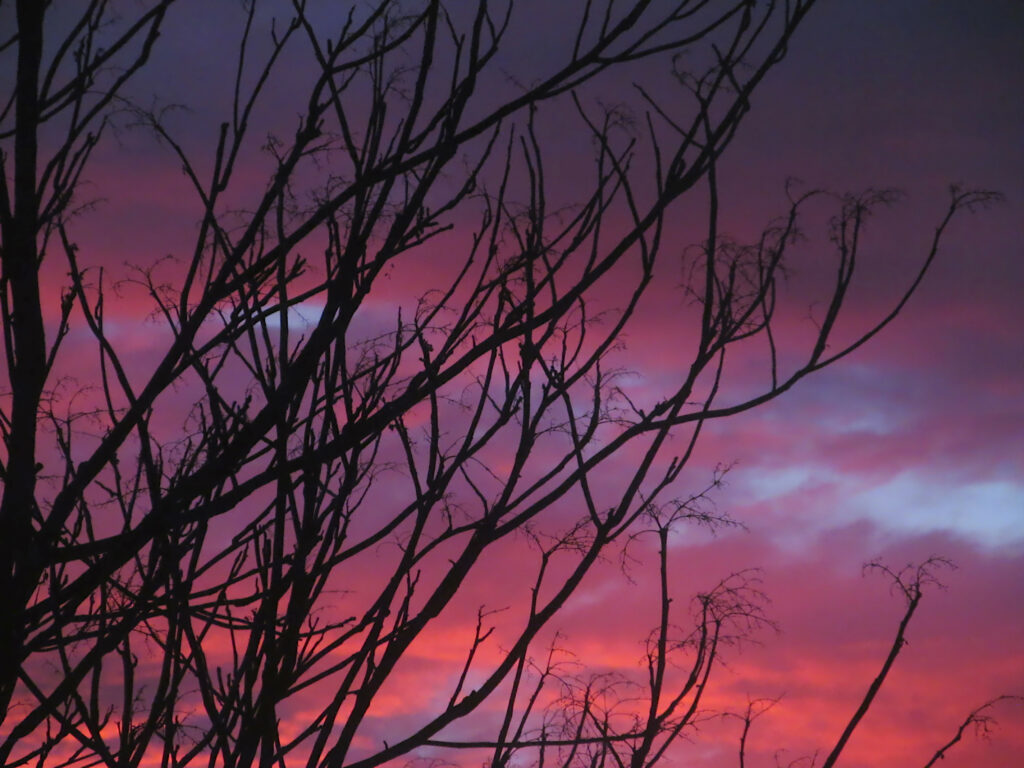
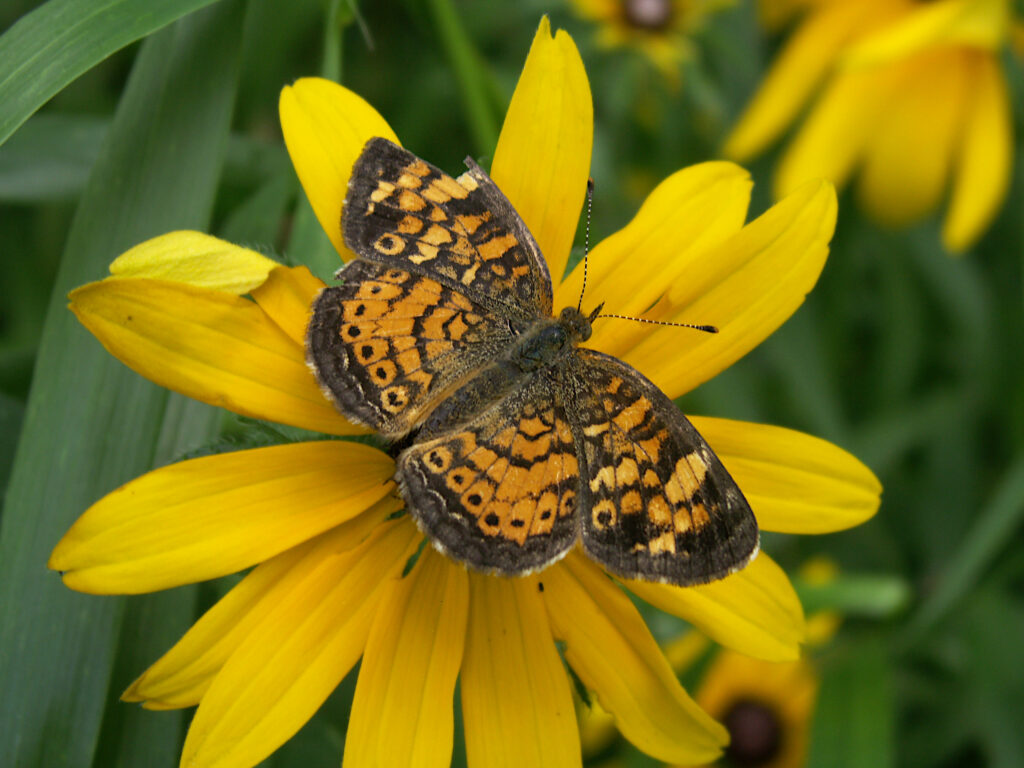
Father Pitt believes this little butterfly is a Pearl Crescent (Phycioides tharos), but he is not an entomologist, and corrections are always received with gratitude. Its slightly damaged wing was not preventing it from enjoying a patch of Black-Eyed Susan (Rudbeckia hirta) in Bird Park, Mount Lebanon.
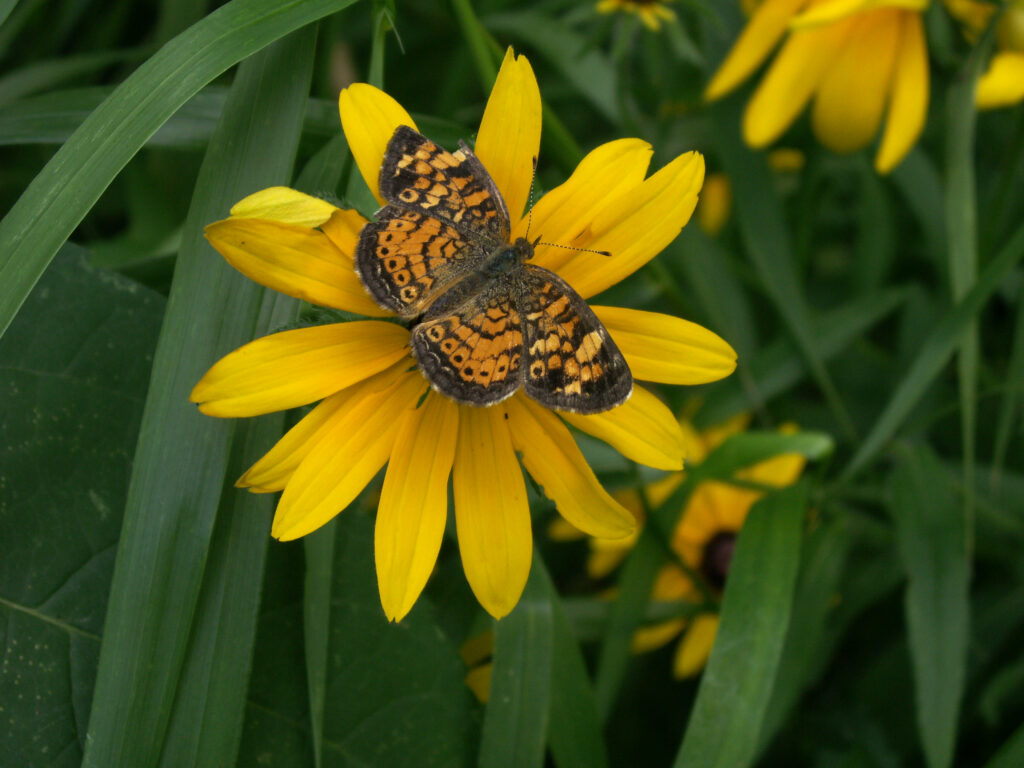
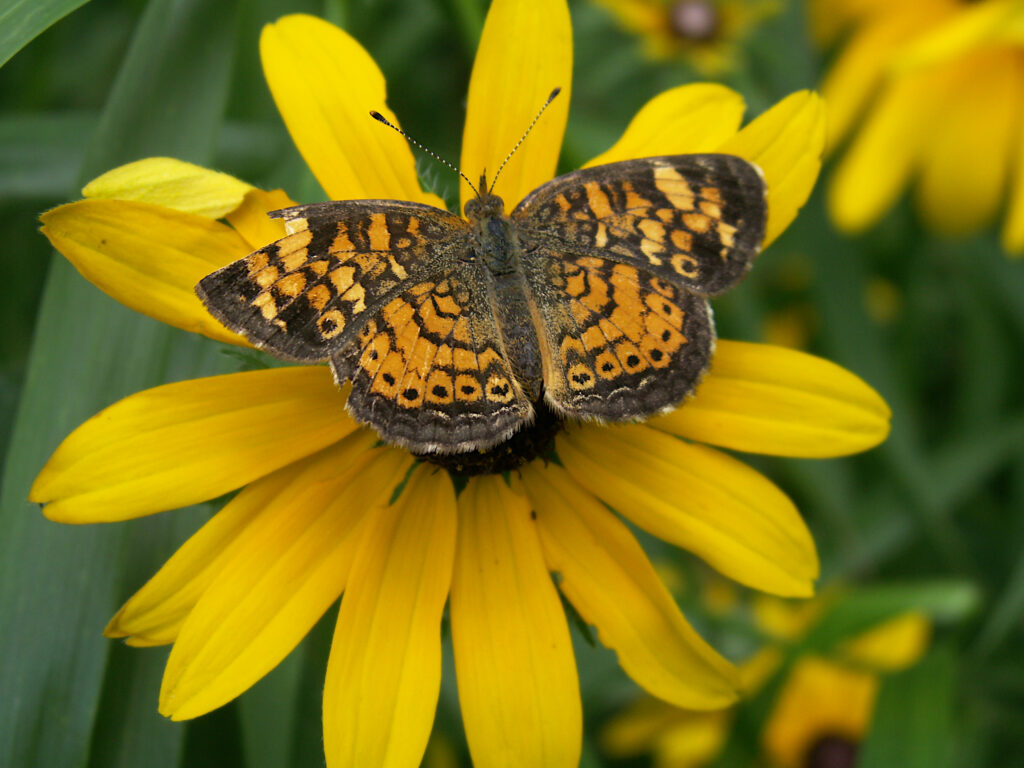

Back in the dark ages of “bedding plants,” which is to say the 1970s and 1980s, zinnias were almost forgotten, grown only by those eccentric gardeners who grew their annuals from seed and liked bright Victorian colors. Now zinnias have regained their honored place as staples of the annual garden, and the world is a brighter place.
